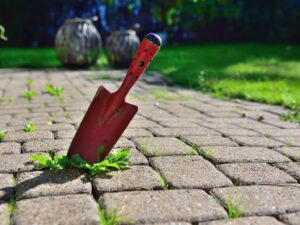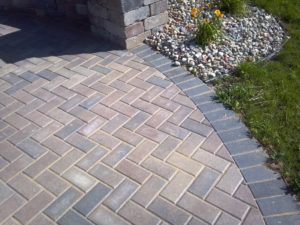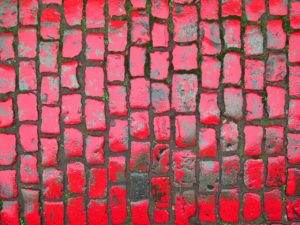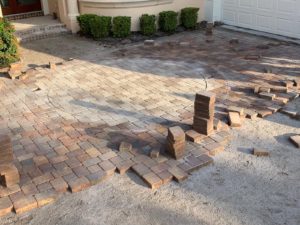For decades now, pavers have been a staple of the hardscape industry. Their versatility, durability and aesthetic appeal are unmatched and highly sought after by many homeowners. Recently, new technologies have made possible the development of non-impervious pavers. So how exactly do they work?
Non-impervious pavers, also called permeable pavers, are a marvel of hardscape technology that allows a paver installation to simulate the absorption of natural land. It can even store and recycle water.
So how did this wonderful technology come to be? How exactly does it work? Let’s talk about that.
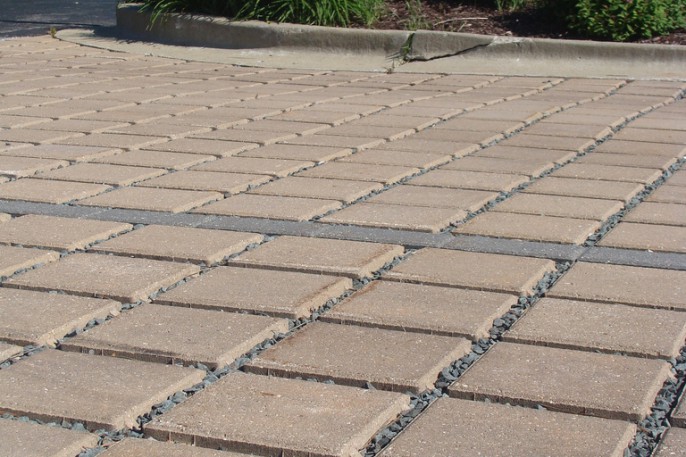
Non-Impervious Pavers
First, let’s start with a disclaimer. Of all the available options of pavers, almost all of them are non-impervious.
That’s right. If by non-impervious you mean “allow fluids to pass through”, then almost all options, from concrete to bricks and natural stone, check this box. But there’s a difference between allowing fluid to pass through and be prepared for it.
What does that mean? Well, when we say “non-impervious” pavers we are actually referring to a specific paver installation that is prepared to deal with the absorption of water, not just any porous paver out there.
In fact, it is not recommended to allow water to pass through pavers on a regular installation. Porous pavers need to be sealed to be protected against the water.
Impervious paver options, like porcelain, are considered to be optimal on a regular paver installation precisely because they don’t need to be sealed and cut a lot of costs in future maintenance.
So, better than refer to non-impervious pavers, is to talk about a non-impervious (or permeable) paver installation, which is actually a setting prepared to take advantage of the free flow of water rather than be damaged to it.
How do they Work?
The best way to explain how a non-impervious paver installation work is to compare it with a regular one. And it all starts with digging.
Digging
In a regular installation, a hole of about 12″ is dug, always keeping in mind the proper slope. The hole is then covered with geotextile fabric to prevent infiltration.
In a non-impervious installation, however, the hole can have much more depth depending exactly on what kind of soil you’re working with, something that does not make a lot of difference in a regular paver installation.
Bedding
Bedding is also wildly different between the two installations. The bedding on a regular paver installation consists merely in a combination of road base and sand, in which the pavers are placed on top.
As for the bedding in a non-impervious installation, things get much more complicated. The road base is left out to give place to a combination of washed rocks of different sizes. The biggest rocks are placed at the bottom and then decrease in size in each layer.
This gives structure to the installation at the same time that allows the water to reach the ground beneath it.
Space Between Pavers
In a regular paver installation, the pavers are left as closely as possible to each other, usually 3/4″. The spaces are then filled with polymeric sand, preventing the water to penetrate it.
The pavers in a non-impervious paver installation can be placed much more apart from each other. Some permeable paver options even have an exclusive design, giving much more space for creativity during the planning phase.
Sealing
And finally, unless you’re using a non-porous paver, a regular installation will need to be sealed to be protected against the weather, spills and stains. A non-impervious installation, however, does not need to be sealed.
Advantages of Non-impervious Pavers
There are many advantages in incorporating non-impervious pavers in your design.
The biggest one being that maintenance becomes minimal, as drainage related problem won’t be a factor anymore.
Your non-impervious pavers can either store water at the bottom for further usage, or redirect the flow directly to the sewage or drainage system. Without the accumulation of water in the surface, it becomes cleaner and less slippery.
Non-impervious pavers also contribute to the environment in a big way, preventing erosion of the soils and contributing to the preservation of groundwater supplies.
Installation of Non-Impervious Pavers
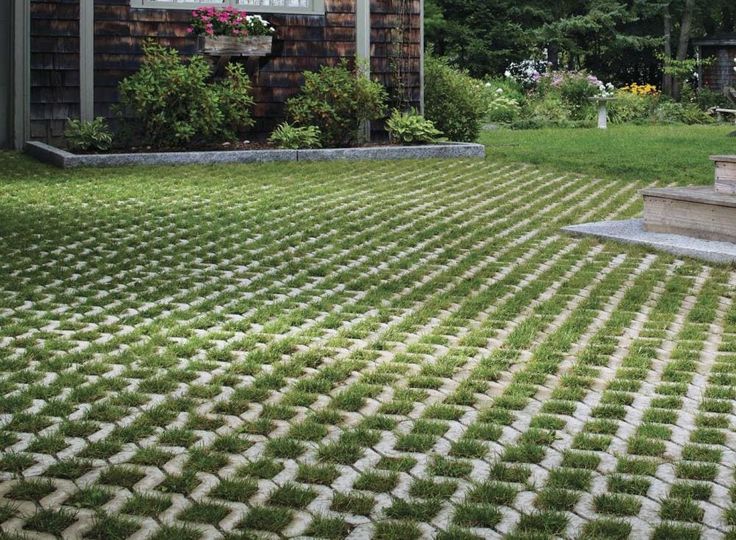
For all its benefits, the installation of a non-impervious paver system can be proven difficult to many homeowners and is not recommended to be tackled as a DIY project, like a regular pavers installation could.
You need the help of qualified hardscape professionals to assess the kind of soil in which your installation will take place, as well as the right combination of stones to be used.
We here at S&S Pavers have helped hundreds of homeowners with their non-impervious pavers installations across our 12 years of experience, so we know how difficult things might get and how important it is to work closely to someone with experience.
We highly recommend you get in contact with a professional in your area to help you with your project. In fact, if you happen to be around our area of activity, the Sarasota and Manatee counties, in Florida, why not give us a call to help you?
You can contact us any time for a free estimate on our services. Call us right now at 941-773-3098 or email us at sales@sspavers.com. We would be happy to hear from you.

